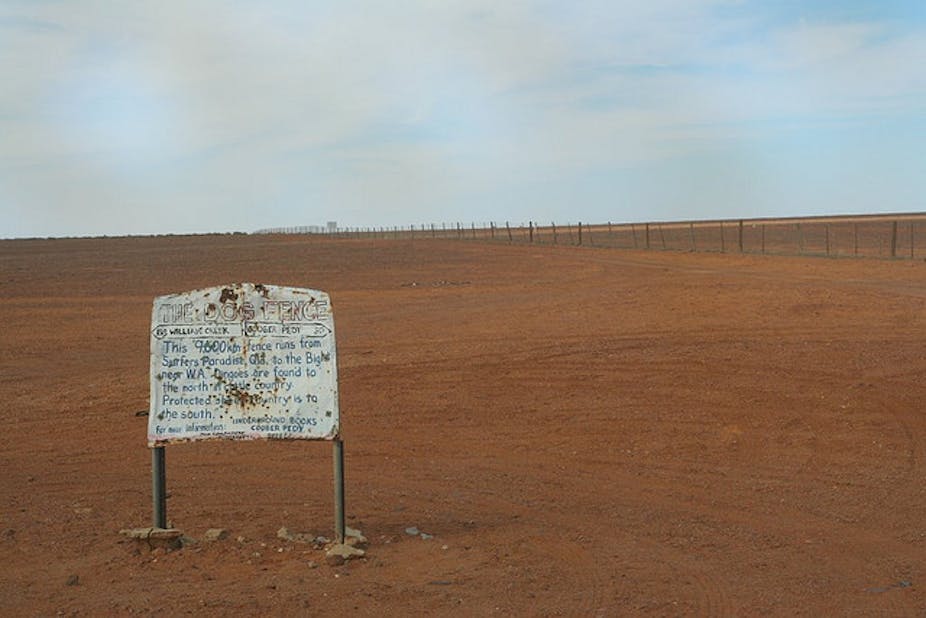We feel we have to set the record straight after some of our (Bradshaw’s) comments were taken grossly out of context, or not considered at all (Ritchie’s). A bubbling kerfuffle in the media over the last week compels us to establish some facts about dingoes in Australia, and more importantly, about how we as a nation choose to manage them.
A small article in the News Ltd. Adelaide Advertiser appeared on May 11 in which one of us (Bradshaw) was quoted as advocating the removal of the dingo fence because it was not “cost effective” (sic). Despite nearly 20 minutes on the telephone explaining to the paper the complexities of feral animal management, the role of dingoes in suppressing feral predators, and the “costs” associated with biodiversity enhancement and feral control, there wasn’t a single mention of any of this background or justification.
Another News Ltd. article denouncing Ritchie’s work on the role of predators in Australian ecosystems appeared in The Weekly Times the day before, to which Ritchie responded in full.
So it’s damage control, and mainly because we want to state categorically that our opinion is ours alone, and not that of our respective universities, schools, institutes or even Biosecurity SA (which some have claimed or insinuated, falsely, that we represent). Biosecurity SA is responsible for, inter alia, the dingo fence in South Australia. Although our opinions differ on its role, we are deeply impressed, grateful and supportive of their work in defending us from biological problems.
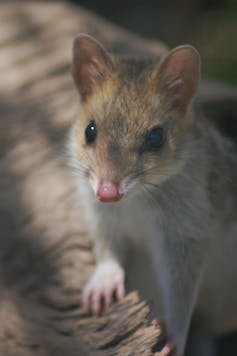
It is probably surprising to most Australians that introduced species (and the mismanagement thereof) in this country have devastated many elements of our native ecosystems. With over 20 million pigs, 18 million cats, 7 million foxes, 2 million goats, 1 million camels, 300,000 swamp buffalo, 200,000 deer (from six species) and millions of rabbits, our native biodiversity has suffered immensely. Indeed, Australia has the worst record for mammal extinctions in the world, mainly due to foxes and cats.
Furthermore, pigs, camels, buffalo and goats have heavily damaged millions of square kilometres of outback Australia. Even in northern Australia, where deforestation has been relatively light compared to the south, native animals are on the decline in part from introduced species. And guess what? We are no closer to controlling them now than anytime in our past.
So why do we invest billions of dollars in feral animal control and the subsequent recovery plans for endangered wildlife using the same techniques for decades, when a more proactive and natural alternative exists? It’s a solution mired in controversy because it involves yet another “introduced” predator – the dingo.
The dingo has long evoked fear and loathing in the hearts of Australians. Ever since we learnt that it was introduced around 4,000 years ago by Southeast Asian visitors to our northern shores, we have developed an irrational opinion that this sheep-killing, baby-stealing, thylacine- and devil-displacing feral from Asia is a menace that should be eradicated at all costs.
But when you look at the evidence, you are compelled to question that image. Despite some high-profile incidences of attacks on humans, they are perhaps one of the least-dangerous species to humans in Australia. The entirely coincidental disappearance of thylacines (Tasmanian tigers) and devils from mainland Australia when the dingo appeared also ignores that the climate was changing and Aboriginal populations began booming at the same time.
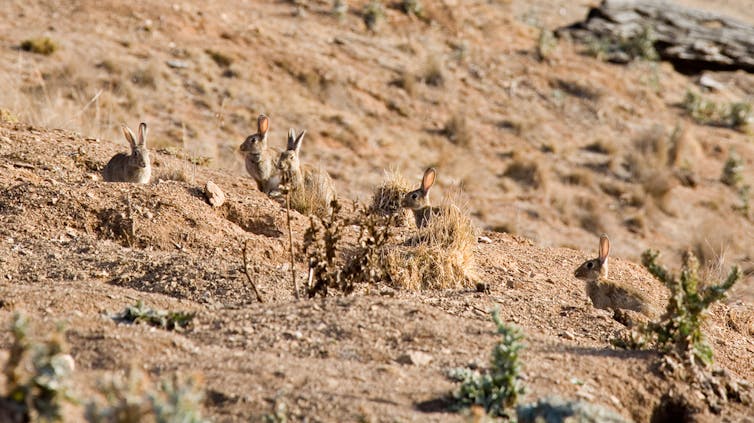
So, what did we do? We built a fence, of course! Over 5,500km long and possibly the world’s longest human-built structure, the dingo fence is a monument to predator xenophobia. Its role is controversial, because while it certainly has prevented an influx of a large number of dingoes into southern and eastern Australia, it has also seen a proliferation of competing native (kangaroos) and non-native (rabbits) herbivores where dingoes are absent or in low abundance.
While the roughly $10 million it costs each year to maintain the fence is lower than the cited $48 million per year pastoralists claim to lose to “wild dogs”, these costs don’t include the labour-intensive and expensive additional poisoning that accompanies the fencing. And poisoning is not the answer either. In addition to killing non-target native species, baiting dingoes might in fact result in increased dingo densities due to social breakdown of the pack, resulting in increasing attacks on stock, not to mention a higher likelihood of hybridisation with feral dogs. Baiting also leads to more juvenile dingoes. These less-efficient predators tend to target calves more than adult dingoes do.
And of course the “costs” also don’t include the unquantifiable costs to our biodiversity. How many millions per year do we spend on native species recovery, and how many billions are lost from depleted ecosystem services?
There’s also the issue of the fence’s effectiveness – today dingoes are penetrating farther and farther south due to camel damage to the fence itself, and other weaker areas where dingoes can penetrate.
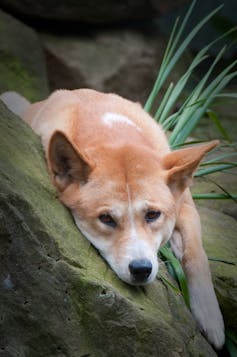
It turns out that the dingo is in fact a sorely under-utilised weapon in our feral-animal arsenal. Pretty much everywhere we’ve looked across Australia, when dingoes are abundant, foxes and cats aren’t, and native marsupials are. It’s called the “mesopredator” effect, and highlights the important role of predators in maintaining healthy ecosystems.
There are other advantages to dingoes that might not seem obvious. Dingoes reduce herbivore densities and this can reduce the effects of climate change-induced drought by increasing available plant cover. Dingoes can also benefit graziers by providing more vegetation to produce stronger, healthier cattle that can resist attack (indeed, dingoes prefer more passive prey such as kangaroos).
Unfortunately, most pest management in Australia lacks an integrated approach. We remove foxes, and cats increase; we remove cats, and rabbits increase. We remove dingoes, and we have more herbivore competition problems. This inefficient hopping from one single-species crisis to the next is, we argue, a waste of money and time. It lacks a long-term vision.
We need to recognise that species interact along complex pathways, and so the entire system should be managed as a whole (indeed, integrated pest management is advocated in many areas by our own government biosecurity experts). Worldwide, the release of mesopredators after the persecution of higher-order predators is now demonstrating many adverse consequences for biodiversity and economics, from sharks, rays and scallops in the Gulf of Mexico, from lynx, foxes and hares in Finland, from coyotes, cats and birds in America, to our own dingo-cat-fox-marsupial problem.
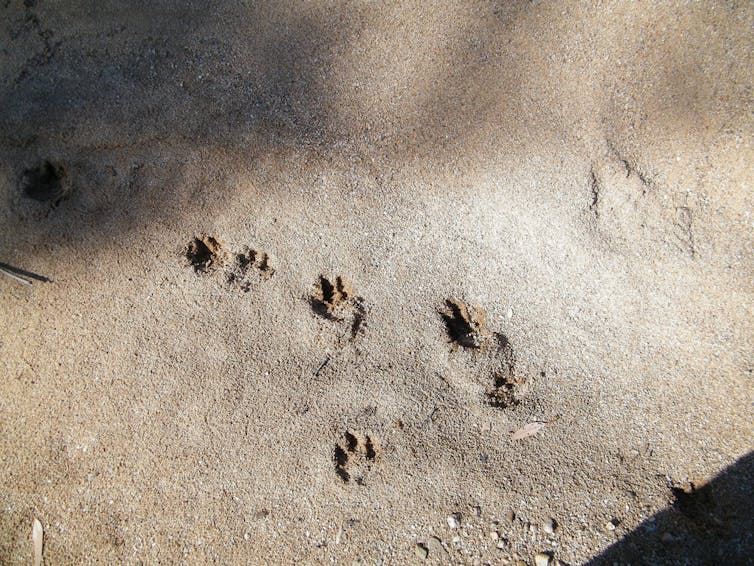
So with too many herbivores, too many mesopredator foxes and cats, and costly management, why don’t we let the dingoes do the work for us? If we focus on ecological function, then dubious labels of good/bad or native/feral become irrelevant. The loss of mainland predators such as devils, thylacines and marsupial lions means that the dingo is our one last hope to restore some ecological balance to our country’s highly disrupted ecosystem. Indeed, the solution is readily available and staring us in the face, if only we had the courage to employ it.
It is interesting that the Weekly Times held a poll asking readers to vote “yes” or “no” to the reintroduction of devils and dingoes to manage pest species; just before the poll closed, nearly 80 % had said “yes”. Clearly, sectors of the Australian community are receptive, including many pastoralists.
Of course, stock losses will always remain a concern, because sheep and dingoes will never co-exist in harmony. However, advances in trialling guardian dogs show immense promise in this regard, even for remote and large stock populations. Indeed, guardian dogs have even been successful in Namibia to protect stock from leopards.
We should shift our investment in pest control: let’s help graziers trial new and more effective solutions. The process will be slow and guarded, but we should be focussing on long-term solutions, instead of costly, questionably effective and ecologically myopic single-species interventions. In light of these arguments, each Australian should ask the question: is the dingo fence worth it?

